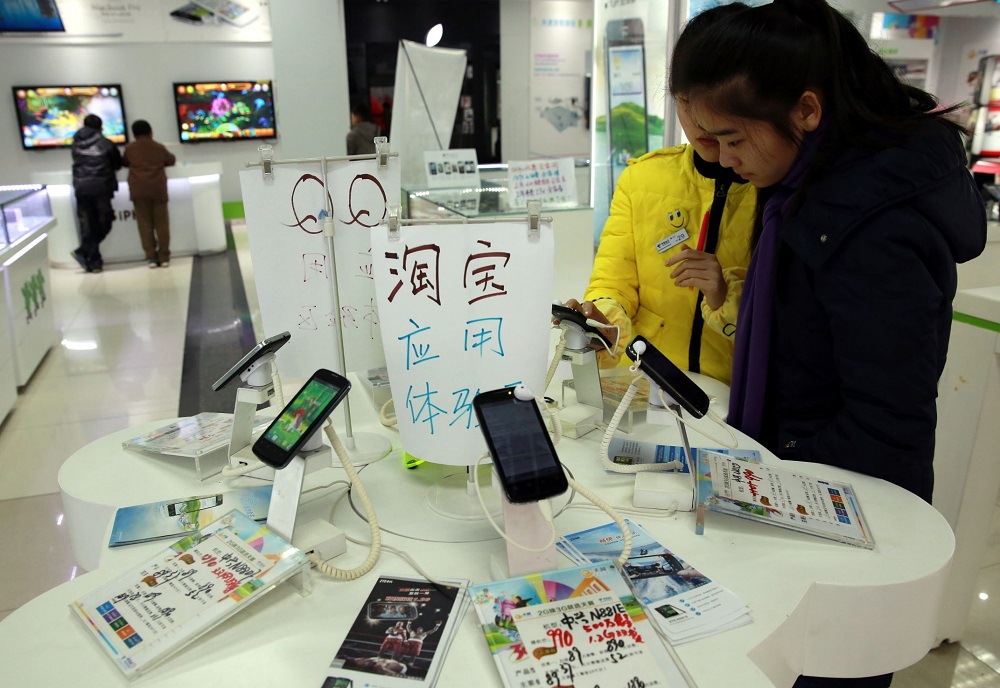The Cold War between the United States and the Soviet Union defined the global political architecture of the baby boomer generation.
Ideologically, it was capitalism versus communism.
Militarily, it was NATO versus the Warsaw Pact.
Morally, it was good versus evil.
Just traveling behind the Iron Curtain – as I regularly did as a kid – had an air of transgression about it.
That changed overnight when the Berlin Wall came tumbling down in 1989…
Followed shortly by the collapse of the Soviet Union in 1991.
The eminent political scientist Francis Fukuyama declared it “the end of history.” The Cold War was over. Western liberal democracy had prevailed over totalitarian communism.
And the task of U.S. foreign policy was to ensure the rest of the world fell in line.
But things didn’t turn out that way.
The neoconservative commitment to spreading the values of liberal democracy to the Middle East and elsewhere was an expensive failure. Fukuyama himself postponed “the end of history.”
And today, the U.S. has entered into a new Cold War with an even more devious rival: the People’s Republic of China.
Naïve America, Canny China
For many years, the U.S. foreign policy establishment failed to recognize the threat posed by the rise of China.
Can you blame it?
In 1990, the year the Soviet Union collapsed, China’s economy was about $356 billion. That’s equal to the size of Minnesota’s economy today.
A widely cited 1993 World Bank study on the rise of Asia, “The East Asian Miracle: Economic Growth and Public Policy,” barely mentioned communist China.
Instead, it focused on the Four Asian Tigers: Hong Kong, Singapore, Taiwan and South Korea.
But fast-forward 25 years…
China is the second-largest economy in the world. And it has a greater impact on the daily lives of Americans than the Soviet Union ever did.
U.S companies have invested more than $100 billion in Chinese companies.
Americans buy more than $500 billion in Chinese goods each year.
More than 350,000 Chinese students study in the U.S.
China’s rapid rise was abetted by a singularly naïve American assumption: that by welcoming it into the World Trade Organization, China would adopt Western liberal values.
Yet, far from embracing the West, China embarked on a systematic campaign to dethrone the U.S. as the world’s only superpower.
Uncle Sam Fights Back
The Trump presidency has shifted the rhetoric against China.
The watershed moment was a speech given by Vice President Mike Pence at the Hudson Institute on October 4, 2018.
He outlined a shift in U.S. policy toward China that goes far beyond the trade war and the recent arrest of a senior Huawei executive.
Below are just a few points from Pence’s remarks:
- The Chinese Communist Party has been using an arsenal of policies inconsistent with free and fair trade, including tariffs, quotas, currency manipulation, forced technology transfer, intellectual property theft and industrial subsidies “doled out like candy.” These policies have eviscerated the American heartland.
- Through its “Made in China 2025” plan, the Communist Party has set its sights on controlling 90% of the world’s most advanced industries, including robotics, biotechnology and artificial intelligence. Beijing has directed its bureaucrats and businesses to obtain American intellectual property by any means necessary.
- In a document titled “Propaganda and Censorship Notice,” China laid out its strategy to “strike accurately and carefully, splitting apart different domestic groups” in the United States. What the Russians did in the last few elections pales in comparison to what China is doing.
- By 2020, the Chinese government plans to implement a system to monitor virtually every facet of human life – the so-called “social credit score.” This will “allow the trustworthy to roam everywhere under heaven while making it hard for the discredited to take a single step.” It’s Orwell’s 1984 in real life.
Pence’s speech failed to mention how more than 300 Chinese companies bamboozled American investors with sham investments over the past few years. (Watch The China Hustle on Netflix.)
Or China’s systematic exclusion of U.S. internet giants like Google parent Alphabet (Nasdaq: GOOG), Facebook (Nasdaq: FB) and eBay (Nasdaq: EBAY) from operating there.
The list of U.S. grievances with China is just too long.
But Pence’s speech signals the U.S. is now fighting back.
This marks a long overdue change.
Let me illustrate this with a personal story…
In the spring of 2016, I attended a fundraising event in London with former ambassador to Russia Michael McFaul – a classmate and acquaintance of mine from Stanford. As the Russian policy advisor under the Obama administration, McFaul was the architect of the famously unsuccessful “reset” policy toward Russia.
In his remarks, McFaul (gently) criticized former President Obama’s negotiating style. For me, the words McFaul used were both unsettling and familiar. I suddenly realized that Obama was employing the same negotiation strategies we had learned at Harvard Law School in a required negotiation course. (You can read about this approach in Getting to Yes: Negotiating Agreement Without Giving In by Roger Fisher and William Ury.)
I left the fundraiser 100% convinced that the U.S establishment’s approach to negotiations was breathtakingly naïve. Making a deal with hard-nosed, adversarial and even nefarious partners like the Russians, Chinese or Iranians demands a lot more than an academic “principled” approach to negotiating advocated by professors at Harvard Law School.
Whether you love or hate Donald Trump…
History will show that it took the instincts of a street-smart New York City real estate developer to call China’s bluff.
It’s high time the U.S. stopped being the sucker at the poker table.
And recognizing this may turn out to be Donald Trump’s greatest legacy yet.
Good investing,
Nicholas
